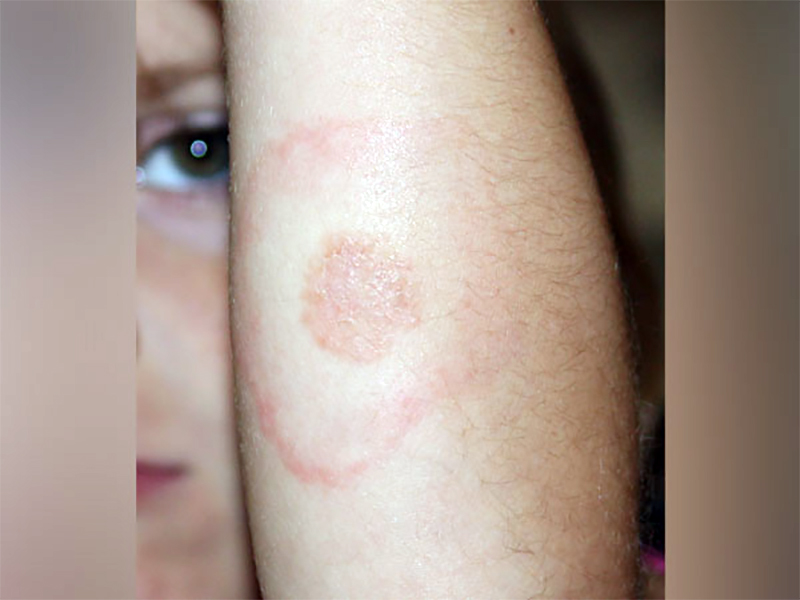Washington: A new study highlights the urgent need to develop an effective vaccine to prevent Lyme disease in humans.
The study was published in the journal ‘Clinical Infectious Diseases’.
Several experts from the government and industry assembled at Cold Spring Harbor Laboratory’s Banbury Center to discuss various strategies and methods to tackle this public health challenge.
Dr Steven Schutzer, senior author of the research at Rutgers New Jersey Medical School said, “Countermeasures such as vaccines are needed to stem the growing number of cases per year. This is extremely important because you can get Lyme disease more than once.”
The disease is caused by Borrelia burgdorferi, a bacterium transmitted through the bite of an infected tick. The only preventative measure currently available to humans is “guidance” for avoiding tick bites. The ineffectiveness of this strategy is suggested by the estimated 300,000 diagnosed cases of Lyme disease that occur annually in the United States, along with more than 100,000 in Europe.
Early diagnosis and treatment can combat the infection, however, if left untreated, the risk increases that the infection can spread to the joints, heart and nervous system. Even those who have been successfully diagnosed and treated can be re-infected if bitten again.
The authors of this new paper used discussions at the Banbury Center meeting to identify the most promising new strategies to counteract infection.
“We can envision the development of hybrid vaccine strategies targeted both to the offending microbe and to its tick carrier to prevent Lyme disease,” said Dr Maria Gomes-Solecki, lead author of the paper at the University of Tennessee. “It is a two-prong approach.”
In addition to describing new scientific approaches, the authors consider the societal implications of a new vaccine. “Lyme disease vaccination is an individual’s personal choice,” the authors note. “The concept of personal immunization against a non-contagious disease versus widespread vaccination to prevent the spread of a contagious infection should be part of public education and discussion.”
“Lyme disease has been a recurring topic for our meetings, and we’re now seeing significant outcomes from those discussions,” said Gomes.
“I expect the concepts laid out in the current paper will also have a real impact and help people at risk for Lyme disease,” she added.

